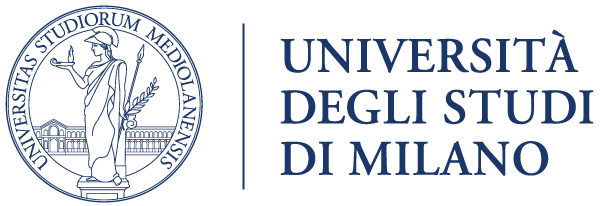Gaetano Pieraccini: Public Health giant who created Italian Social Medicine
DOI:
https://doi.org/10.2427/12245Abstract
It’s well known all over the world that Italy is the birthplace of Bernardino Ramazzini (1633 - 1714), the real founder of occupational medicine, and that Italian doctors had a great importance in scientific and cultural development in occupational medicine. One of the most celebrated of them was Luigi Devoto, Professor of Medical Pathology at Pavia in 1901, who undertook a free course of Occupational medicine, creating in the same year the fortnightly journal "Work" - that became "Occupational medicine" since 1925 - and opening a Labour Clinic in Milan in 1910. In 1907 the first two Italian schools of occupational medicine arose in Milan and in Naples. In 1901 Giulio Yule Giglioli wrote the first systematic treatise about workers’ diseases. In this cultural background Gaetano Pieraccini grew and developed his original cultural approach to the field of occupational medicine, which got from him a new dimension: the Social Medicine.





